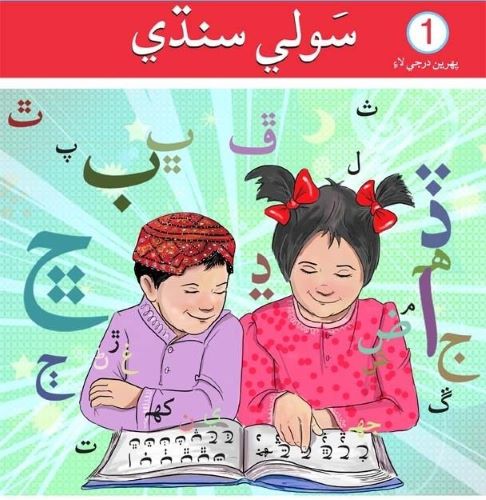
The Vicholi dialect, when proposed to Urdu speakers can become most acceptable because as a written standard, it has already adopted much from Urdu in contrast to other Sindhi dialects
By Bakhtyaar Shahzad
Vicholi, one of the most prominent dialects of the Sindhi language, holds a prestigious status as the standard Sindhi used in textbooks. This dialect is primarily spoken in central Sindh, encompassing urban areas such as Hyderabad, Nawabshah and Naushehro Feroze. However, upon closer examination, distinguishing this dialect in the region is becoming challenging due to the prevalence of migrations and multiplicity of Sindhi dialects and presence of other languages.
In the past, when borders were clearly defined and communication between geographically distant regions was not as accessible, the dialectical differences within speech communities were distinct. Individuals mostly lived their entire lives in the places they were born, with only a minority migrating for exceptional reasons. Moreover, the kinship structure and extended family settlements; particularly in India did not allow for long-term separation between nuclear families. However, with the advent of motor vehicles, everything changed, especially during the British period in Sindh.
On April 29, 1858, approximately 14 years after the fall of the Talpur kingdom in Sindh following the Battle of Miani in 1843, Sir Bartle Frere, the commissioner of Karachi at the time, introduced the first railway engine. Karachi was seen as a potential seaport for the East India Company’s trade, and the project was named “The Scinde Railway Company,” extending from Karachi to Kotri. This marked the beginning of rapid inter-Sindh mobility. The process accelerated with the arrival of buses, trams, and private vehicles. More and more people from other cities of Sindh began to settle in Hyderabad and Karachi, assimilating with the common dialect. The partition of India brought about a significant shift in the linguistic fabric of Sindh when migrants from India made Sindh their new home, primarily settling in Hyderabad and Karachi. Since the partition, the infusion of Urdu in Sindhi and vice versa has contributed to a greater variety in the Sindhi language.
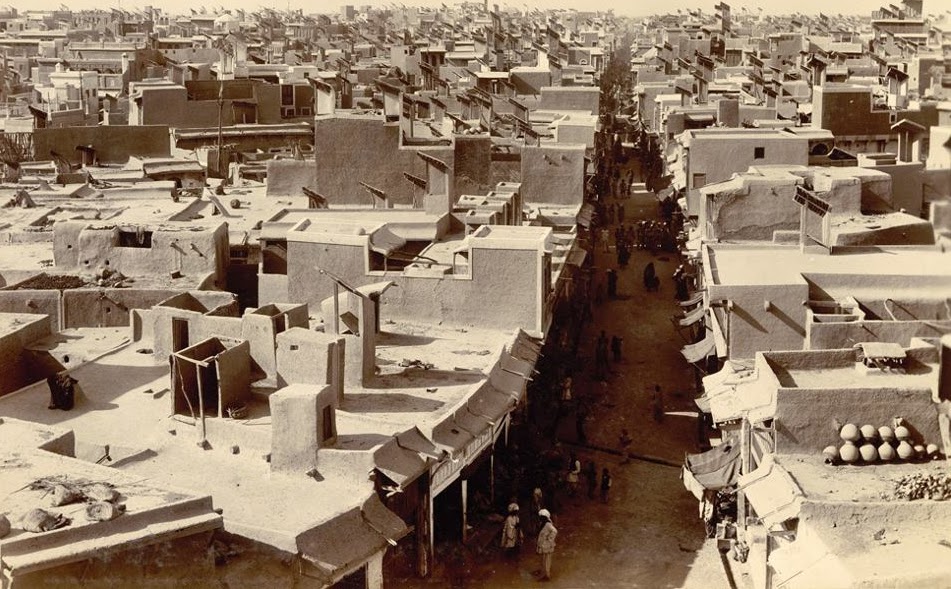
While language change is a natural process widely accepted by language scientists worldwide, its consequences are not only reflected in transformation in spoken language of the communities but also in identity transformation. As a linguistic anthropologist, I see the fading of the Sindhi-Muhajir crisis as a result of increased linguistic exchange between both communities over at least four generations. As the differences between the two languages decrease, the ethnic ideal of linguistic identity for speakers also changes. Speech communities which become proficient enough to comprehend most parts of each other’s speech feel less alienated and experience increased linguistic comprehensibility, forging bonds of familiarity and belongingness. While the Urdu-speaking population still maintains its distinct cultural identity, there has been a noticeable change in attitudes among educated Urdu speakers towards Sindhi culture.
Language change not only impacts the way we speak but also shapes our identities
In recent years, Sindh tourism, international research, filmmaking, art, music, and events such as literature festivals in Karachi have familiarized Urdu speakers with Sindhi culture, leading them to appreciate its beauty. The exchange of cultural gifts, such as ajrak in official ceremonies and rilli in weddings, serves as a symbol of intercultural exchange. When a door of cultural exchange opens, the first element to be influenced is undoubtedly language. Recent Sociolinguistic researchers have published about how the involvement with other cultural elements is helpful in language learning process. In this framework, the engagement of Urdu speakers with tangible Sindhi culture is a green signal since it can be predicted in the light of present theories that after cultural adaptation, the next step would most probably be language acquisition.
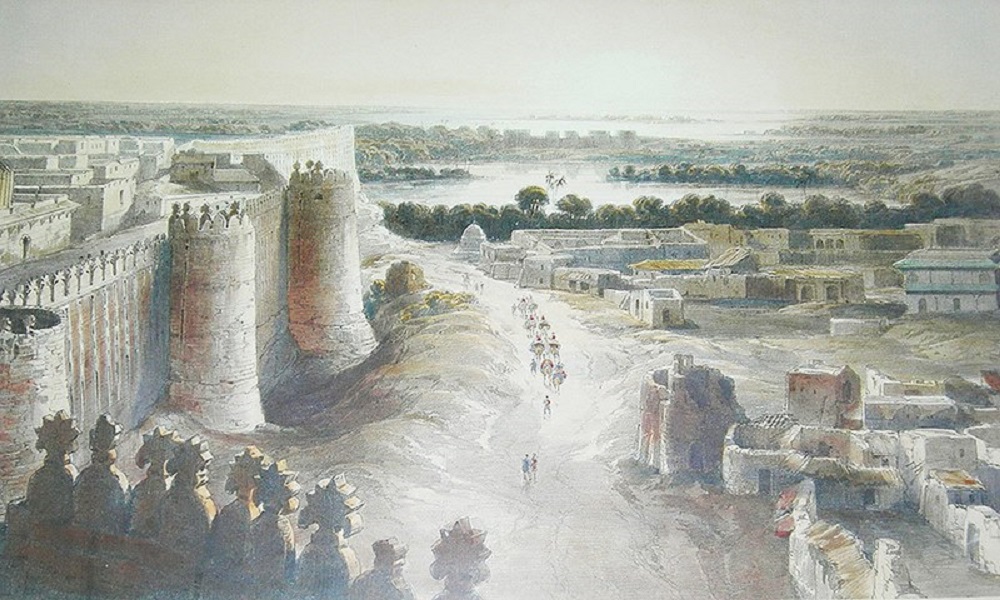 Language change not only impacts the way we speak but also shapes our identities. The case of Vicholi proposes serious contest to the age-old held view based in Pierre Bourdieu’s book ‘Language and Symbolic power’ which introduces the notion that language in power overrules other languages in its authority. Vicholi, as the standard dialect of the regional language of the province does not enjoy its authority en mass but only serves as a written language.
Language change not only impacts the way we speak but also shapes our identities. The case of Vicholi proposes serious contest to the age-old held view based in Pierre Bourdieu’s book ‘Language and Symbolic power’ which introduces the notion that language in power overrules other languages in its authority. Vicholi, as the standard dialect of the regional language of the province does not enjoy its authority en mass but only serves as a written language.
Vicholi has discontinued being a spoken and living dialect and only survives in books
The status of the written form of a language is a simile of a snake’s skin in modern Sociolinguistics. The spoken language, which is the living and youthful form of language is actively utilized by societies in their daily life therefore it is found at variance from the standard of a written language. Vicholi has discontinued being a spoken and living dialect and only survives in books. To satisfy and celebrate ourselves by giving Vicholi the status of a written standard, is but to fool oneself by ignoring its disappearance from the society as per science. Consequently, while the dialect continues to be used in standard publications, its spoken usage is becoming increasingly rare.
The situation of Vicholi has worsened post-floods and pandemic. Flooding has caused an exodus of victims from interior Sindh to Hyderabad and Karachi, with the Hyderabadians themselves migrating in large numbers to Karachi and Punjab. The native Sindhis of Karachi have either moved to Islamabad and Lahore or emigrated overseas. As a result, these two major natural calamities have led to a second round of migrations, settlements, and resettlement in Hyderabad and Karachi since the partition, ultimately eradicating the remaining Vicholi speakers in these central cities of Sindh.
Hence, the geographic areas once belonging to Vicholi are mainly occupied by Urdu speakers and Sindhis from other cities. Since the Sindhis from other areas already have their roots to invite them to their native dialect, to reclaim Vicholi’s land, the best of its friends can be the Urdu-speaking community. Since Urdu speakers occupy Vicholi’s land, they owe a responsibility of preserving the ethos and culture including language as the inheritors of the place which they and their generations will call their own. As long as there remained the active political identity crisis of the Urdu speakers, acknowledging these basic scientific facts could have been considered ethnically heretical for violating the popular narrative within in-groups, but since the night of superstition is passing, rays of clarity must illuminate a new path for new generations.
Considering the political fragmentation of the Urdu speakers in Karachi and Hyderabad, and the charges of ethnic prejudice against such groups coupled with the growth in literacy rates has shattered the idol of ‘Muhajir qom’ for now. As people become more civilized and accepting, the concept of nationalism has undertaken a new definition within the Urdu-speaking community as one prominent Urdu media journalist questioned on her twitter account: ‘If I can claim American citizenship in 5 years, why not call myself a Sindhi after 3 generations?’. For social scientists, periods when the concept of identity is in hibernation in a society, the assimilation process is rapid as it is least interrupted through resistance. If Sindhi researchers and scholars utilize this opportunity, a revised and more sophisticated proposal for Urdu speakers has good chances of being welcomed for language adaptation.
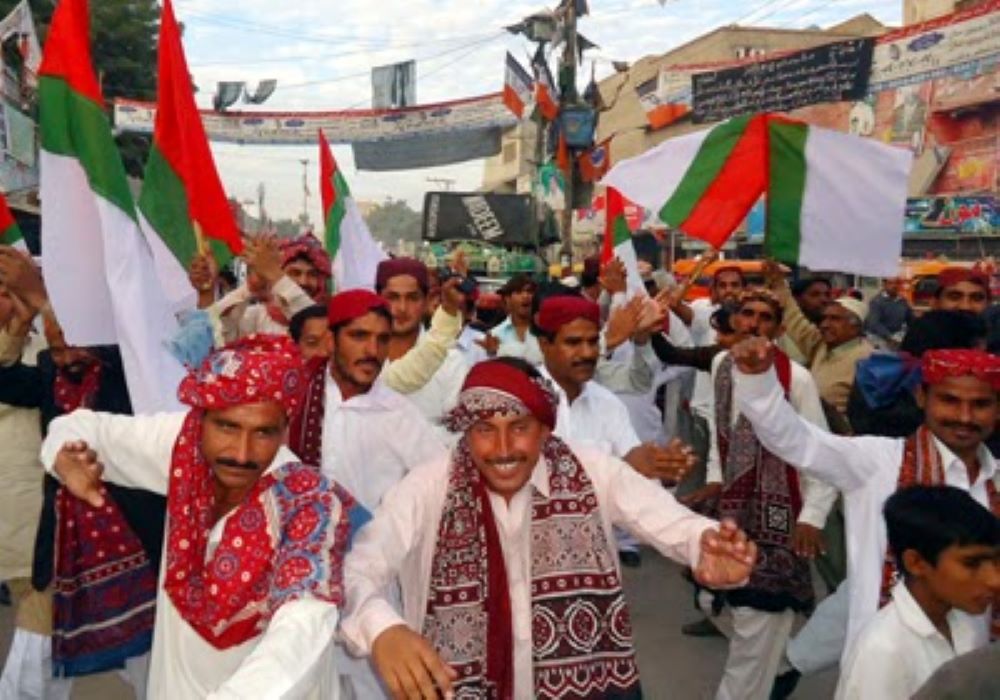 Many Urdu speakers already introduce themselves as Sindhis when they visit Punjab or Northern areas of Pakistan for tourism; and even overseas. Such a self-introduction gives them a sense of pride
Many Urdu speakers already introduce themselves as Sindhis when they visit Punjab or Northern areas of Pakistan for tourism; and even overseas. Such a self-introduction gives them a sense of pride
This proposed linguistic inclusion does not require Urdu speakers to shed their language; instead, it encourages the adoption of Sindhi as a second language. Similar linguistic adaptations have occurred across Sindh, where non-Sindhi communities proudly identify themselves as Sindhis while utilizing Sindhi as their lingua franca alongside their first languages. This approach offers Urdu-speaking youth a sense of pride, belonging, and a deeper connection to Sindhi culture. Many Urdu speakers already introduce themselves as Sindhis when they visit Punjab or Northern areas of Pakistan for tourism; and even overseas. Such a self-introduction gives them a sense of pride and belonging to a land—claim which otherwise a ‘migrant’ status does not legitimize nor justify. All actions are attitude driven and as the attitudes are already changing, actions can also be directed for change.
Since the Sindhi-Muhajir conflict has mainly revolved around language, language change has not only transformed the political narratives of both groups but also deeply impacted their identities. The so-called Muhajir youth now proudly identify as “Urdu-speaking Sindhis,” actively participating in culture day celebrations and enjoying bilingual songs such as “Hum Sindh me rehne wale Sindhi.” Similarly, Sindhi youth are increasingly drawn to Urdu literature, ghazals, and poetry. On one hand, this assimilation over generations, viewed through a scientific lens, has proven effective in reducing ethnic tension and prejudice among speakers. On the other hand, it has significantly contributed to language change, both in Urdu and Sindhi.
No matter how reluctant or resistant extremist groups may be, they do not possess authority over a naturally occurring process of ‘assimilation’ which human beings across the globe have undergone for millennia. Therefore, the eventuality of assimilation of Urdu speakers with Sindhis is a fact undeniable. Many of the Urdu-speakers are already undergoing this process consciously or unconsciously; a fact acknowledged by notable Urdu scholars in Pakistan. Hence, broadening of vision and welcoming bilingualism is the sole means of preserving both languages for both speech communities. The Vicholi dialect, when proposed to Urdu speakers can become most acceptable because as a written standard; it has already adopted much from Urdu in contrast to other Sindhi dialects.
Balochis, Punjabis, Dhatis and Siraikis; all speak their first languages while maintaining Sindhi as a second language and in many parts; Urdu speakers have also demonstrated this adaptability. As soon as these realizations are made, doors for a prosperous future and unity will open. Anthropology revises a new definition of constructive nationalism which can bridge gaps and build bolds between communities for common good for which identities constantly shift to uplift communal advantage. Linguistic Anthropologists in particular consider language to be a very powerful tool for identity formation and mass change. Where religion and gender are two very controversial identity markers in Pakistani society; language, on the other hand, is the most likable way of bringing people together in unity.
The influx of Sindhi speakers from other parts of province and the arrival of Urdu-speaking communities in Karachi and Hyderabad have occupied the space once belonging to Vicholi. Additionally, Sindhi medium schools, which rely on Vicholi as their standard, are weaker institutions in urban Hyderabad and Karachi. These schools are more active in other parts of Sindh that either have their regional dialect of Sindhi or do not speak Sindhi as a first language. Furthermore, the tradition of book reading is declining among young speakers, making the sole tool of keeping Vicholi alive in Hyderabad and Karachi ineffective for the youth.
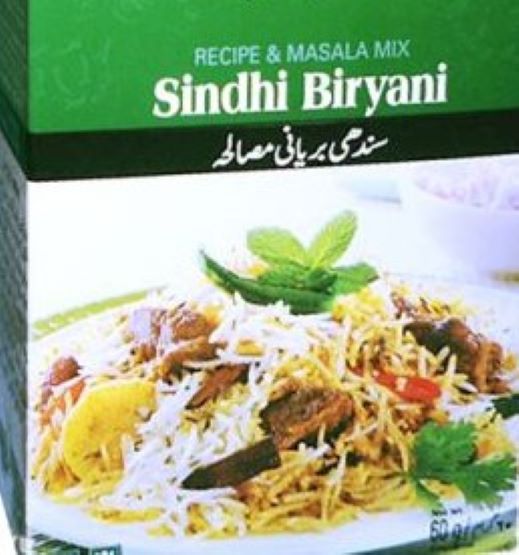 The case of Vicholi remains a potential tool for linguists and anthropologists to promote the inclusion of Urdu-speaking communities in Sindh’s mainstream for inclusive development and peace-building
The case of Vicholi remains a potential tool for linguists and anthropologists to promote the inclusion of Urdu-speaking communities in Sindh’s mainstream for inclusive development and peace-building
Therefore, we can conclude that Vicholi dialect of Sindhi is under threat of extinction in the heart of Sindh and extending a proposal of second language adaptation to Urdu speakers is a workable solution. Consequently, there is a need for a linguo-geographical remapping of Sindhi. This process will not only refine the old data on linguistic territories of Sindhi but also shed light on the crisis faced by peripheral cities in Sindh. The scarcity of Sindhi first language speakers in bordering cities such as Jacobabad, Kashmore, and Kandhkot is a result of migration trends from these areas to the center, driven by natural disasters, economic factors, and academic reasons. The void left by the population outflow is then filled by migrations from Balochistan, the Siraiki belt, KPK, and Punjab.
While this situation may appear alarming, it can be alleviated by redefining language based on linguistic anthropology. Embracing the fact that human language undergoes significant changes for its survival, renaming the currently spoken amalgam of Sindhi dialects with Urdu influence as “Vicholi of the Millennium” can ensure its preservation. This approach requires evolving by dissolving the previous “puritan linguistic” standards of classifying languages and dialects and incorporating a new definition provided by anthropology for Vicholi’s survival.
Renaming and embracing the modern Vicholi dialect will not only secure its territory but also increase opportunities for Sindhi-positive Urdu-speaking youth which otherwise may become subjected to extinction very soon. It will enable them to delve deeper into the echoes of the Indus River and immerse themselves in Sindhi culture. The case of Vicholi remains a potential tool for linguists and anthropologists to promote the inclusion of Urdu-speaking communities in Sindh’s mainstream for inclusive development and peace-building.
_____________
 Bakhtyaar Shahzad Panwhar Linguistic Anthropologist. He is fluent in Sindhi, English, Urdu, Siraiki, Punjabi, Gujarati, Kutchi, Marathi, Bangla, Persian, Arabic, Hindi, Dhatki, Kohli Parkari (semi fluent in Spanish and Hebrew). He did BS Anthropology- Dec, 2022 from University of Sindh. His areas of interest are Anthropology, Sociolinguistics, Phonology, Historical and Comparative Linguistics, Culture. He can be accessed at Email: bakhtyaarshahzad@gmail.com
Bakhtyaar Shahzad Panwhar Linguistic Anthropologist. He is fluent in Sindhi, English, Urdu, Siraiki, Punjabi, Gujarati, Kutchi, Marathi, Bangla, Persian, Arabic, Hindi, Dhatki, Kohli Parkari (semi fluent in Spanish and Hebrew). He did BS Anthropology- Dec, 2022 from University of Sindh. His areas of interest are Anthropology, Sociolinguistics, Phonology, Historical and Comparative Linguistics, Culture. He can be accessed at Email: bakhtyaarshahzad@gmail.com
[Views expressed in this article are author’s personal, and do not reflect the editorial policy of Sindh Courier]
That’s awesome, nice to read.